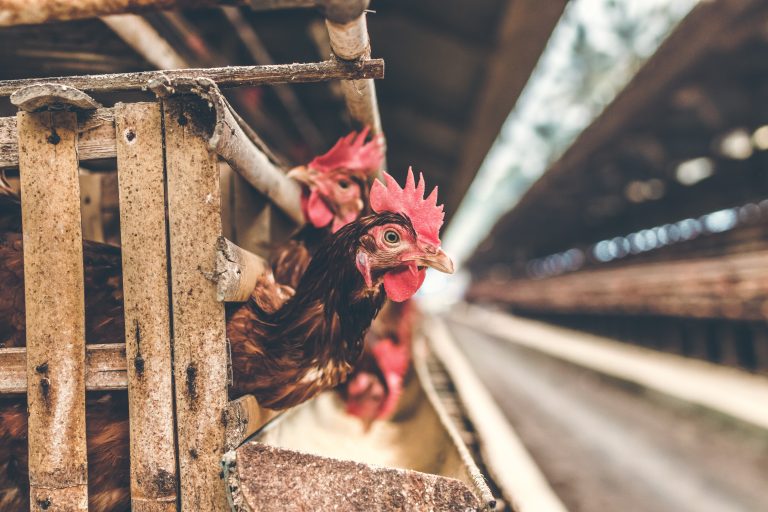Got (Oat) Milk?

Plant-based food product alternatives are changing the way we eat. Until recently, plant-
based milk companies catered to individuals who were unable to consume dairy products, now
though, plant-based milks are becoming mainstream dairy alternatives as evidenced by their
availability at Starbucks, Target, and other retailers. One company that wants to be a big part of
that transformation is Sweden’s Oatly, the maker of oat milk. With a presence in more than 20
countries, Oatly is one of the leading and fastest growing plant-based milk options available.
Oatly is currently in the process of expanding production capacity across its three regional
markets, Europe, the United States, and Asia with the goal of increasing supply by some 200
percent over 2020 production levels. The company has been struggling with rising demand
together with insufficient production capacity, a conundrum that often results in out-of-stock
situations in grocery stores and coffee shops.
Currently, Oatly’s biggest market is Europe, followed by the United States and China, however
the company anticipates that with its expanded production facilities, sales in the United States
will rise quickly, and that China will not be far behind. Much of the growth is expected to come
from new users. Oatly has launched major advertising initiatives across its markets raising the
profile of plant-based milk products and specifically, oat milk. Oat milk is already the dominant
plant-based milk in Sweden, the United Kingdom, and Germany, but in the United States,
almond milk is still the preferred choice. Oatly CEO Toni Petersson says that the company will
continue to make sustainability a clear focus in everything Oatly does, and that its strategy going
forward is to simply continue what it’s doing on a larger scale. In its new plant in Texas for
example, Oatly is planning to process raw oats imported from Canada, a move that the company
hopes will provide economies of scale and reduce Oatly’s carbon footprint.
Discussion/Questions:
- According to Oatly CEO Toni Petersson, much of Oatly’s growth will come from new users. Are you more likely to first try oat milk at a coffee shop or buy it in a grocery store? How does Oatly’s multichannel strategy help the company capitalize on growth opportunities?
- Europe is Oatly’s biggest market and oat milk is the preferred plant-based milk in Sweden, the United Kingdom, and Germany. However, in the United States, currently Oatly’s second most important market, almond milk holds a much larger share of the market. Do you think consumers see the two products as substitutes for each other or only as substitutes for dairy milk? Explain.
- Oatly claims that sustainability is at the center of everything it does. Discuss the economics of shifting toward more plant-based food consumption in relation to sustainability. What are the economic benefits of a more sustainable food industry? What drawbacks do you see?
Sources: Yahoo Finance: Oat milk shortage about to end? Oatly CEO weighs in. Forth Worth Business: Oat drink company to open Fort Worth plant; similar company eyeing area. Food Navigator – USA: Oatly to open oatmilk plant in Texas in 2023, its third US production facility.













